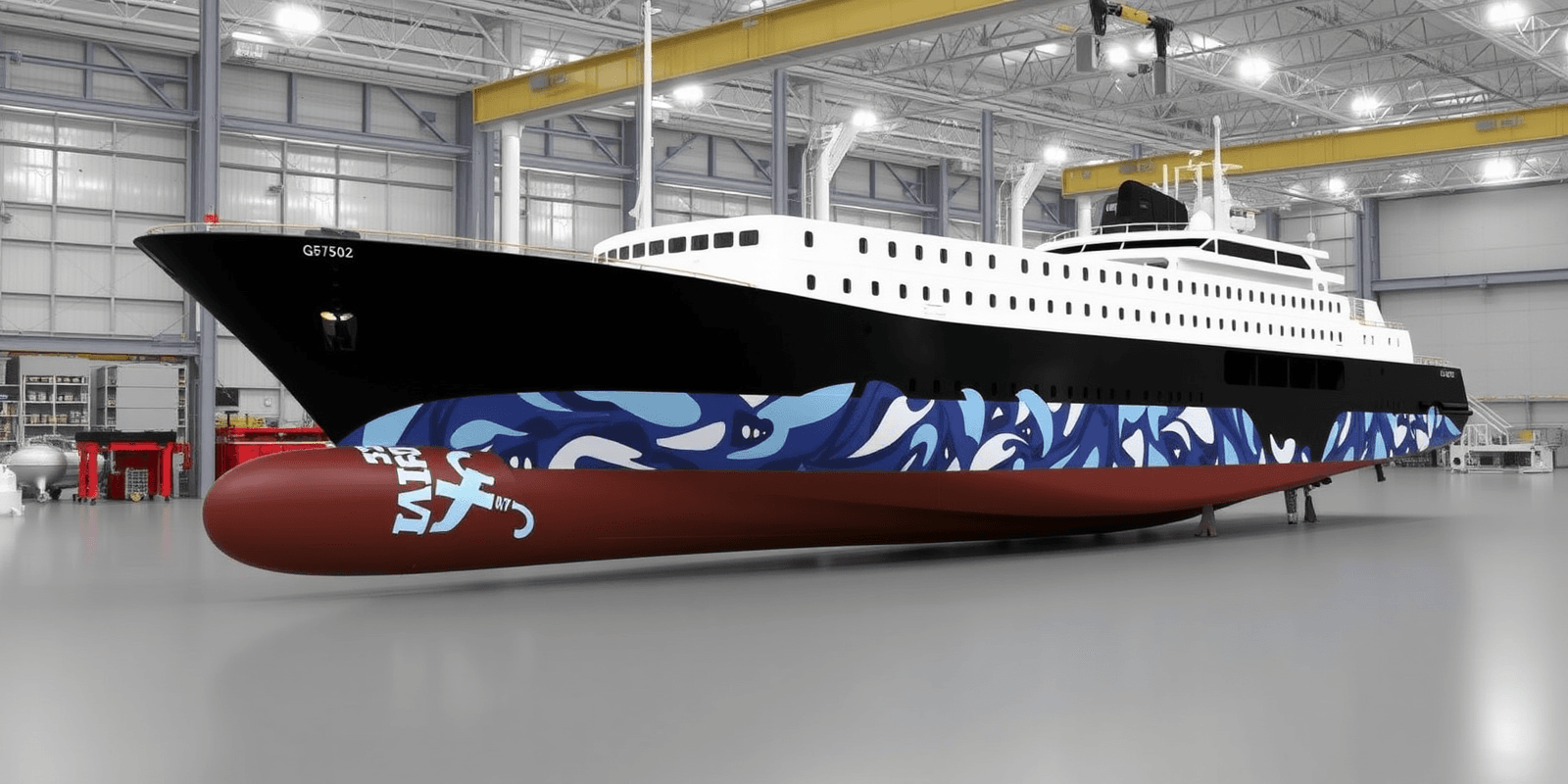Physical Address
304 North Cardinal St.
Dorchester Center, MA 02124
Physical Address
304 North Cardinal St.
Dorchester Center, MA 02124

Discover the role of composite materials in shaping the future of shipbuilding, including their advantages over traditional materials in terms of durability and efficiency.
In the ever-evolving world of shipbuilding, the integration of composite materials for marine applications is reshaping the industry. These advanced materials offer a myriad of benefits, including enhanced efficiency, cost-effectiveness, and longevity. This article delves into the impact of composite materials on shipbuilding processes, highlighting both the challenges and solutions in integrating these materials into existing manufacturing practices.
Composite materials, such as fiber-reinforced polymers (FRPs), have been increasingly adopted in various industries due to their superior mechanical properties and lightweight nature. In the context of marine vessels, composites provide significant advantages over traditional materials like steel and aluminum. They are corrosion-resistant, have high strength-to-weight ratios, and can be tailored to meet specific performance requirements. As a result, composite materials for marine applications are becoming a cornerstone in the future of shipbuilding.
One of the most compelling reasons for using composite materials for marine applications is their ability to enhance the overall efficiency and performance of marine vessels. Composites are significantly lighter than conventional materials, which reduces the weight of the vessel. This weight reduction translates into lower fuel consumption and increased payload capacity, making ships more efficient and cost-effective to operate.
Moreover, the design flexibility of composites allows for the creation of complex shapes and structures that optimize hydrodynamic performance. For example, hull designs can be optimized to reduce drag, leading to higher speeds and improved maneuverability. This not only enhances the operational efficiency of the vessel but also contributes to a better environmental footprint by reducing emissions.
While the initial cost of composite materials may be higher compared to traditional materials, the long-term benefits often outweigh the initial investment. The durability and low maintenance requirements of composites make them a cost-effective choice over the lifespan of a vessel. Unlike steel, which is susceptible to corrosion, composites do not rust or corrode, reducing the need for frequent repairs and maintenance.
Additionally, the reduced weight of composite materials leads to lower fuel costs, which can be a significant expense for ship operators. Over the lifetime of a vessel, the savings from reduced fuel consumption and maintenance can offset the higher initial costs, making composite materials for marine applications a financially viable option.
Despite the numerous advantages, the integration of composite materials for marine applications is not without its challenges. One of the primary obstacles is the lack of standardization in manufacturing processes. Unlike steel and aluminum, which have well-established production methods, the manufacturing of composites can vary widely depending on the specific material and application. This variability can lead to inconsistencies in quality and performance, making it difficult to ensure uniform standards across the industry.
Another challenge is the need for specialized knowledge and training. The design and fabrication of composite structures require expertise in material science, engineering, and manufacturing techniques. Many shipyards and manufacturers may need to invest in new equipment and training programs to effectively incorporate composites into their production processes.
To overcome these challenges, several solutions and best practices can be implemented. Standardization of manufacturing processes is crucial for ensuring consistent quality and performance. Industry organizations and regulatory bodies can play a key role in developing and enforcing standards for composite materials. For example, the International Maritime Organization (IMO) has established guidelines for the use of composites in ship construction, providing a framework for safe and reliable integration.
Investment in research and development is also essential for advancing the use of composite materials for marine applications. Collaborative efforts between academia, industry, and government can drive innovation and address the technical challenges associated with composite manufacturing. Additionally, partnerships between shipyards and composite material suppliers can facilitate the transfer of knowledge and technology, enabling more effective integration of composites into existing manufacturing practices.
The future of shipbuilding is undoubtedly moving towards greater adoption of composite materials for marine applications. These materials offer significant benefits in terms of efficiency, cost-effectiveness, and longevity, making them an attractive option for modern shipbuilders. While there are challenges to overcome, the implementation of standardized practices, investment in R&D, and collaboration among stakeholders can pave the way for a more sustainable and innovative shipbuilding industry.
As the maritime sector continues to evolve, the integration of composite materials will play a pivotal role in shaping the future of marine vessels. By embracing these advanced materials, the industry can achieve greater efficiency, reduce environmental impact, and build more durable and cost-effective ships.